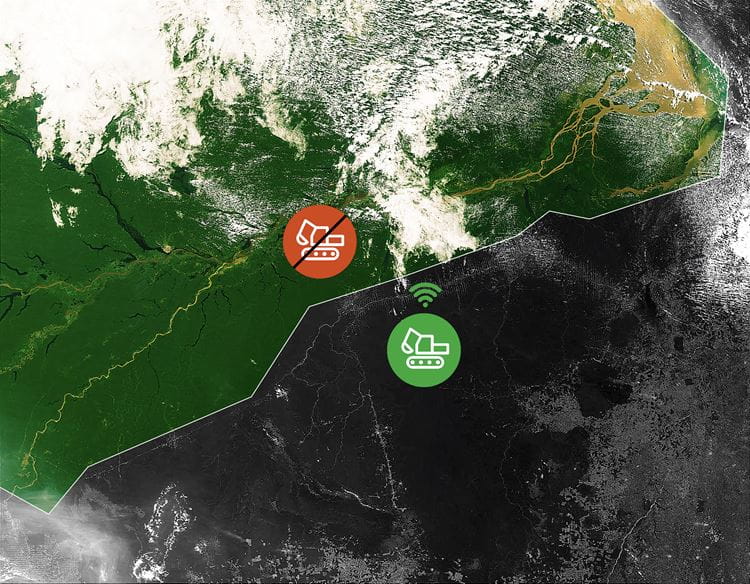Building automation
Industrial grade low power wireless connectivity for building automation and sensor networks


“We made the Code of Conscience open source because we wanted to be transparent about how simple this initiative is from a technology standpoint,” says Tim Devine, Executive Creative Director at AKQA (Australia and New Zealand). “The sociopolitical challenges of implementing this at scale are the most urgent to solve. Many of the regions where the Code of Conscience will be useful have complex sociopolitical conditions with extreme environmental variation.”
The Code of Conscience is looking to build key partnerships that will help accelerate the transition from PoC to adoption. “Through pilot programs we’re aiming to develop a methodology to deploy the Code in a myriad of contexts,” says Devine.
The collaborative is currently working with NGOs, governments, and local communities to pilot a project in the Amazon. For the pilot, the Nordic Thingy:91 is being used to track forestry and agriculture vehicles, both on land and water.
The Nordic Thingy:91 is an easy-to-use prototyping platform for cellular IoT using LTE-M, NB-IoT and GPS, ideal for creating PoC demos and prototypes. It is built around the nRF9160 System-in-Package (SiP) and is certified for a broad range of LTE bands globally, meaning it can be used just about anywhere in the world. Cellular connectivity alongside GPS positioning makes it ideal for sophisticated asset tracking solutions. The Nordic Thingy:91 also integrates an nRF52840 advanced multiprotocol System-on-Chip (SoC) that offers, for example, the option of adding Bluetooth Low Energy (Bluetooth LE) connectivity to project ideas. It also comes complete with a global use SIM card from iBasis.
Tekt Industries, a Melbourne, Australia-based technology company, developed the original hardware for Code of Conscience based on Thingy:91. The company provided the hardware necessary to support the GPS and cellular IoT functionality for geofencing as the basis for a viable solution.
“The Nordic Thingy:91 is a terrific out-of-the-box solution to set the stage for a more custom device,” says Matthew Adams, Lead Engineer, Tekt Industries. “Given the remote installation and potential support issues with the hardware, the Nordic Thingy:91 was a natural choice as a proven low-risk technology which could easily be taken up by OEM partners and effortlessly integrated into their machinery.
“The prototyping platform supports IoT standards like LTE-M, NB-IoT and GPS, making it possible to rapidly develop deployment methodologies, research sociopolitical barriers, and collaborate with one of the most innovative companies accelerating a wireless future.
“Nordic are leaders in ultra-low power wireless technology. The ready-to-go robust hardware along with the detailed support materials helped to get this project off the ground quickly, while shared values as a company make it a great fit.”
Industrial grade low power wireless connectivity for building automation and sensor networks